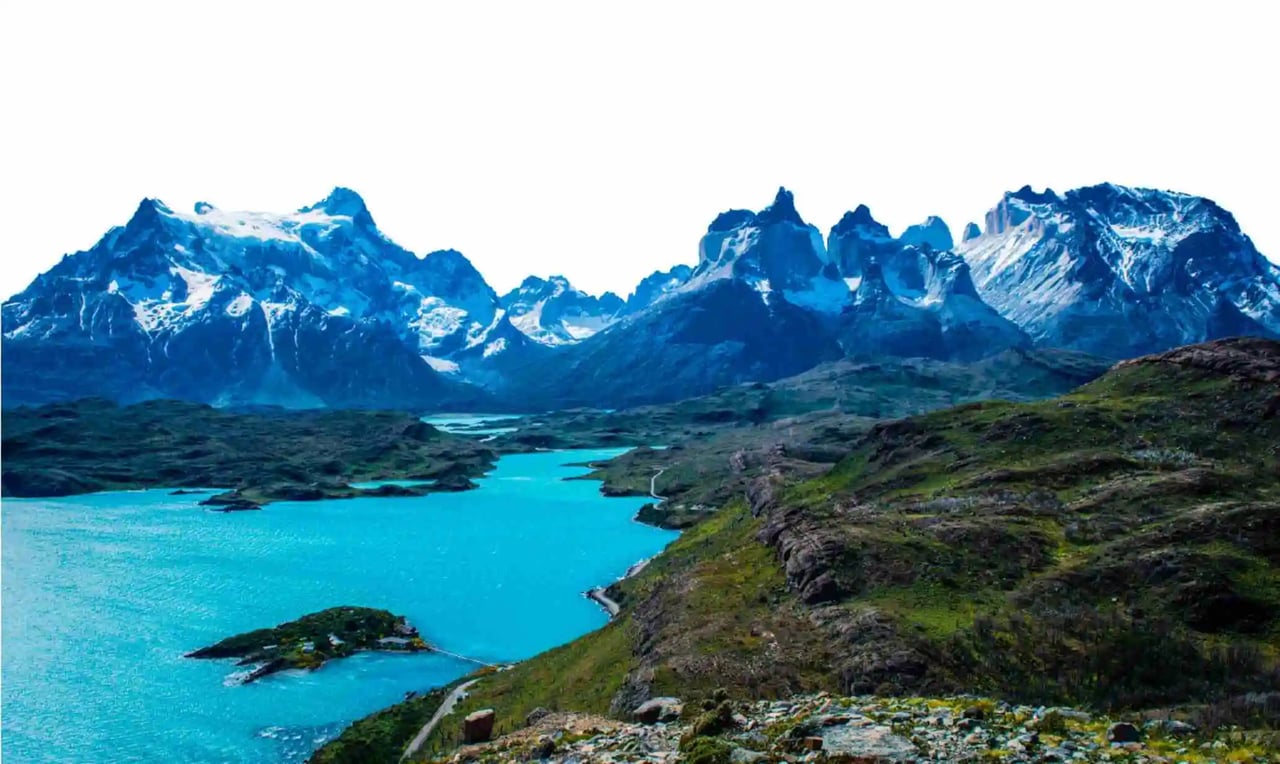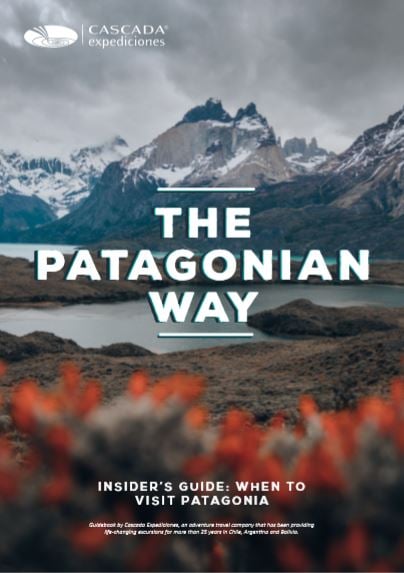The Torres del Paine W trek is a wonderful experience. The national park is one of the most beautiful places on earth: breathtaking landscapes, unique wildlife including pumas, condors and guanacos, and an amazing trek with magnificent views.
Torres del Paine W trek: How to get there?
Torres del Paine National Park lies in the south of Chile. Start by choosing your departure airport. The most common airports to go to Santiago de Chile from the United States are:
-
Miami International Airport (MIA)
-
John F. Kennedy International Airport (JFK) in New York
-
Los Angeles International Airport (LAX)
Choose your flight, direct or with stopovers:
Opt for a direct flight if you prefer comfort and speed. LATAM and American Airlines usually offer nonstop flights from cities like Miami or New York.
Are you looking for a cheaper option, or are there no direct flights from your city? You can take flights with stopovers in cities like Dallas, Houston, or Atlanta. This option can add a few hours to your trip but can be kinder to your wallet.
Before you fly, make sure you have all the documents you need and prepare your luggage. Don't forget:
-
Valid passport
-
Visa. From many countries such as the United States or European countries, you do not need a visa to travel to Chile. You can then stay in the country for up to 90 days. From Australia, however, you do need a visa.
-
Travel insurance (optional but highly recommended)
-
Hiking boots, warm clothes, rain jacket, tent, sleeping bag, sleeping mat, and a reusable water bottle
Torres del Paine National Park is easily accessible, especially during the high season from December to February. Flights operate from Santiago de Chile to Puerto Natales. From Puerto Natales, you can drive for two hours to the park or take a bus. Buses run at specific hours during the day.
If you can't find flights to Puerto Natales, you can fly to Punta Arenas instead. From there, it's a 4-hour drive to the park.
A trekking lovers' paradise
Are you an active traveler? Torres del Paine National Park has some of the most beautiful trails in South America. These trails include the W trek and the Torres del Paine Circuit (O trek). If you wear a GPS tracker during your hike, you'll understand immediately where these names come from.
Another choice for the W trek is the Brush Variant. This program lasts for seven days. It includes a boat ride and a trek to Brush Lake. The route also takes you to iconic places in Torres del Paine, such as the viewpoint on the famous towers.
These multi-day hiking tours are ideal for experienced hikers, offering breathtaking views and iconic landmarks. The park also offers full or half-day options for those seeking easier trails.
Not a hiker? Sports enthusiasts have plenty of options
Torres del Paine still offers many thrilling activities for those who aren't inclined toward hiking. Whether you are passionate about horseback riding, kayaking, or mountain biking, this park caters to your adventurous spirit.
You can, for example, mountain bike to Sarmiento Lake and Laguna Azul or kayak on Grey River. If you feel comfortable on a horse, you can continue a horseback riding excursion through the forests and pampas. Riding along Lake Nordenskjöld, Asencio Valley, and pampas with the wind in your hair will make you feel like a real Chilean gaucho.
.webp?width=2048&height=1367&name=47334615392_ad4d520f9a_k%20(1).webp)
Explore magnificent landscapes
Patagonia and Torres del Paine provide landscapes for everyone, whether you prefer lakes, mountains, or plains.
You can marvel at the Paine Massif, with Cerro Paine Grande as the park's highest peak at 3,050 meters. You'll see glaciers, such as Grey Glacier, Dickson Glacier, and Tyndall Glacier, part of the Southern Patagonian Ice Field. Besides that, there are many waterfalls, rivers, and lakes. Some display turquoise hues resulting from rock flour particles left by glacial erosion.
Some highlights:
-
The Paine horns ("Los Cuernos del Paine") are in the center of Torres del Paine National Park. These granite peaks are imposing. They touch the clouds while a tapestry of colors surrounds their bases. A true spectacle!
-
Grey Glacier is not just a glacier. A witness to history, a thousand-year-old piece of ice tells the story of our planet. Dare to put on your crampons and walk on the surface of the glacier, touching the core of eternal winter.
-
The French Valley is a stage of the famous W trek. You walk along a trail that surrounds you with views of towering mountains, ancient forests, and lakes.
-
Lago Grey. Its waters are more than just blue: they are a palette of colors that changes with the sky and the mountains. Getting on a boat and feeling small among the huge icebergs that float is a unique experience.
-
The Towers' base viewpoint awaits you with open arms. This iconic landmark is more than a destination, it's the reward after a day of hiking. The view of the Torres del Paine looms before you, one of the most breathtaking panoramas you have ever witnessed.
Torres del Paine is an excellent place to spot wildlife
The park's diverse terrain, including mountains, forests, plains, lakes, and ice fields, provides a habitat for various species.
In Torres del Paine, there are 6 types of fish, 3 amphibians, 6 reptiles, 25 mammals, and 118 bird species. You can see guanacos, Andean condors, pumas, huemuls (South Andean Deer), and the Chilean flamingos.
No perfect time exists to spot wildlife. Each season is special.
Winter months are prime for mammal sightings, despite shorter days. In contrast, summer presents more crowds on the roads. But you can be lucky and spot animals during your trek or drive in the park. Or you can book an excursion with one of our guides who has experience tracking pumas, for example.
_resultado.webp?width=1080&height=719&name=Pumas%20(7%20de%201)_resultado.webp)
Experience all seasons in one day
The park's proximity to the ocean, the mountains, and the Patagonian wind creates a dynamic weather system. From rain and clouds to sunshine, Torres del Paine offers a kaleidoscope of weather conditions.
Most travelers prefer visiting during the summer months (December to early March). Temperatures can range from 15 to 20 degrees Celsius. Prepare yourself for strong winds and lower temperatures.
Autumn brings colder weather but stunning colors. Spring adds a touch of floral beauty. And winter transforms the landscape with snow, making every season a unique experience.
Given the unpredictable weather, dressing in layers is advisable. Fortunately, the park remains open year-round.
_resultado.webp?width=1080&height=719&name=Amanecer%20en%20Pehoe%20(5%20de%201)_resultado.webp)
Fancy an adventure in Torres del Paine National Park? Check out our programs!

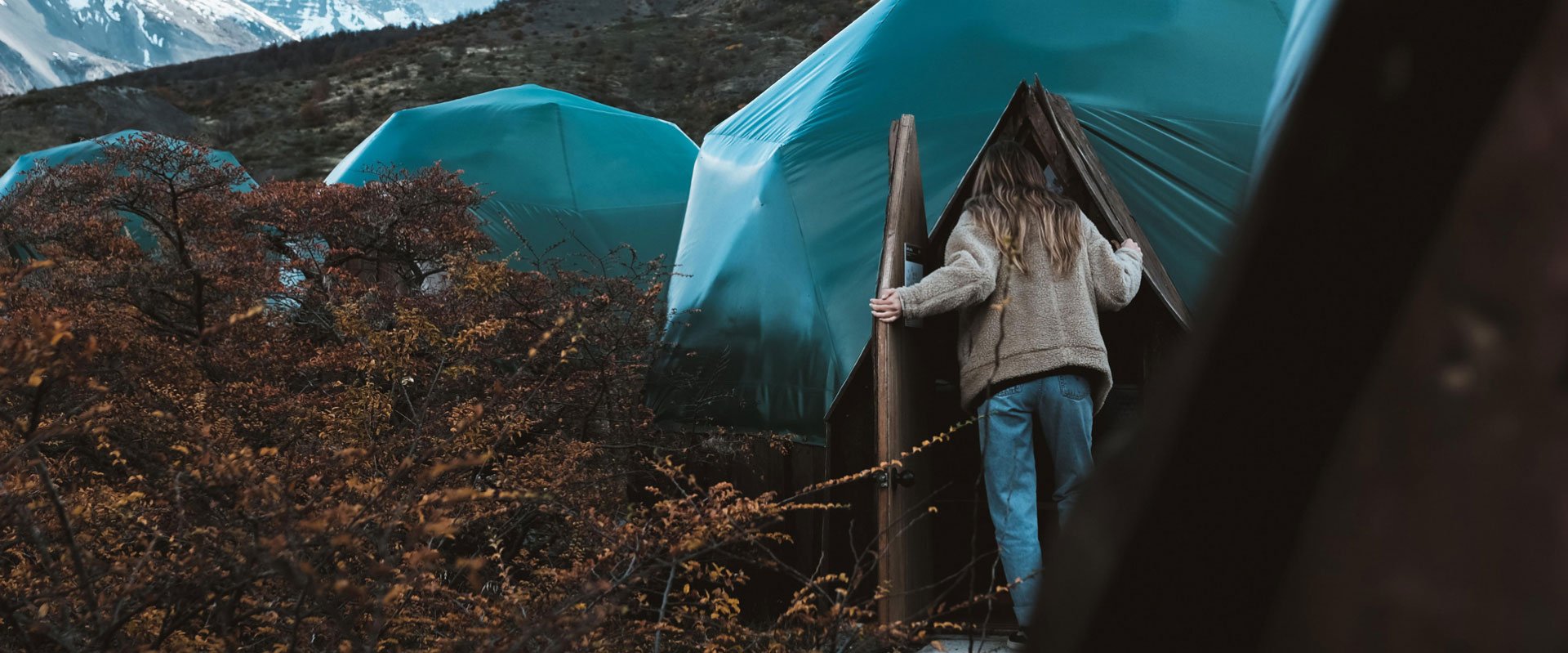

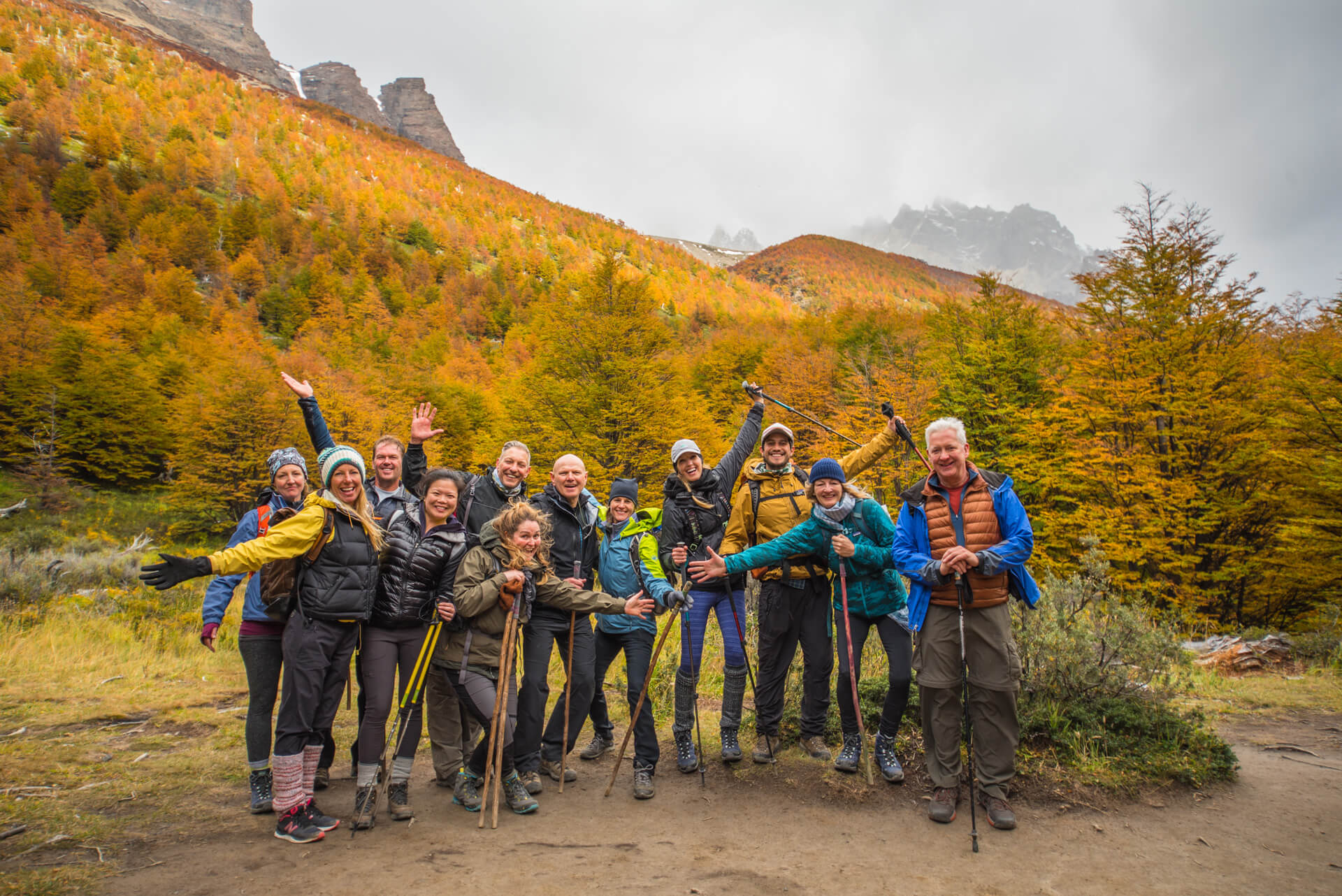
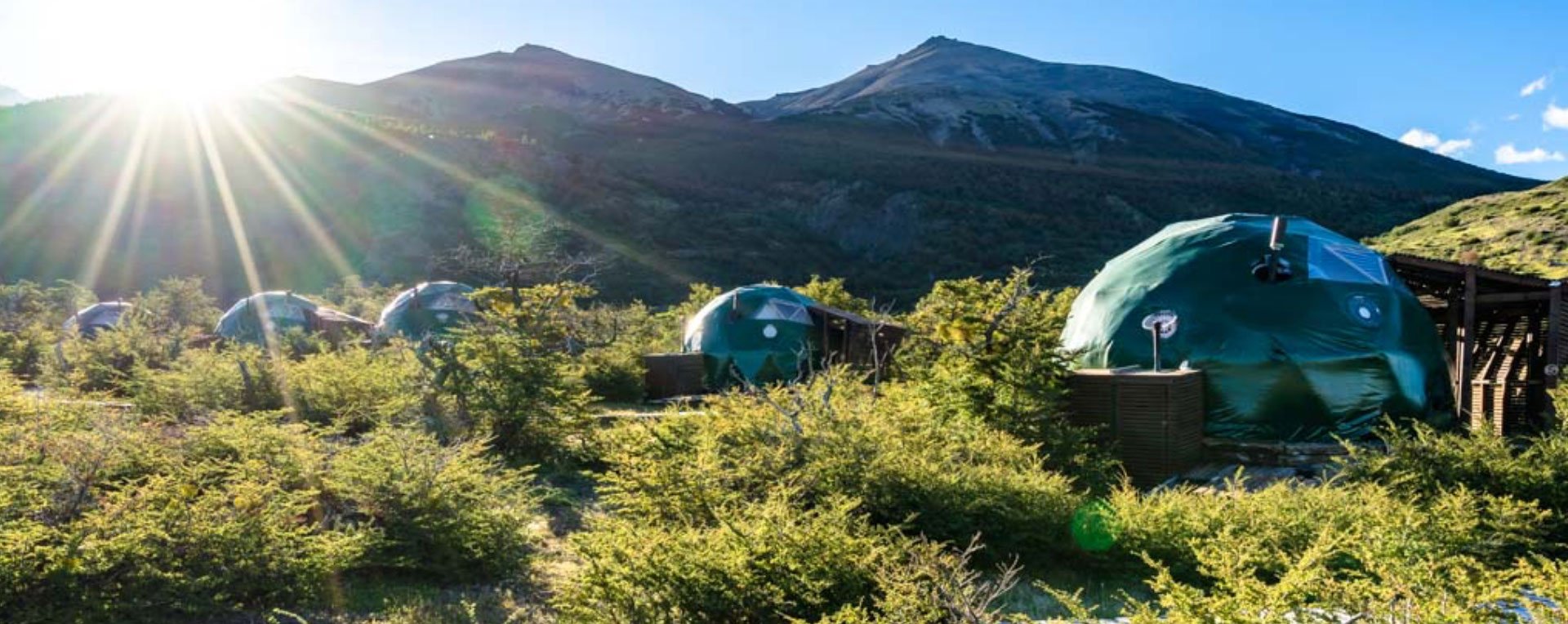
_resultado.webp?width=1080&height=719&name=Full%20day%20Torres%20del%20Paine%20(2%20de%201)_resultado.webp)
